You bought all the necessary components for a personal computer and decided to assemble it yourself. The assembly order is most often the same for different models. Let's see how to assemble a computer from components with your own hands. See, it's not difficult at all!
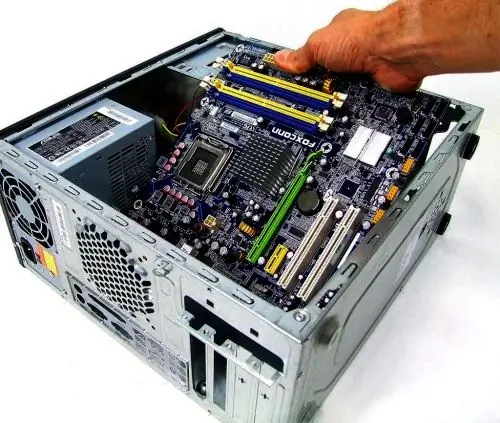
Necessary
- - video card;
- - processor, cooler and thermal paste;
- - RAM;
- - motherboard;
- - a system unit with a power supply.
Instructions
Step 1
We will prepare all the components, once again take a look at them that we have not forgotten anything. I will build a computer from this.
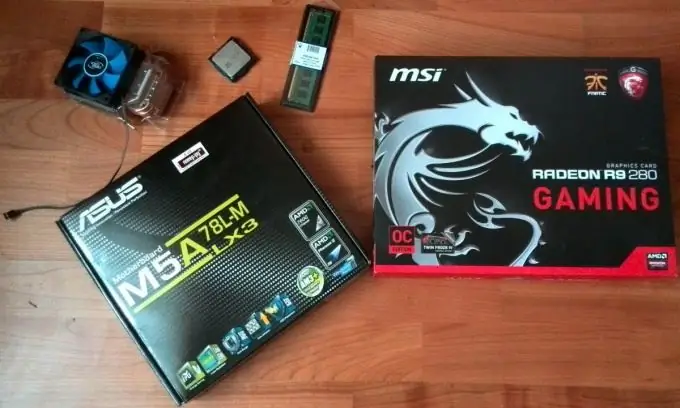
Step 2
Let's open the box with the motherboard and take it out. It is important not to damage it with static electricity. Therefore, "ground yourself", discharge any static charge from yourself before handling it. It is advisable not to wear synthetic clothing, hands should not be excessively dry.
The box usually contains an instruction manual, a CD with drivers, a back panel, cables for a drive and a hard drive.
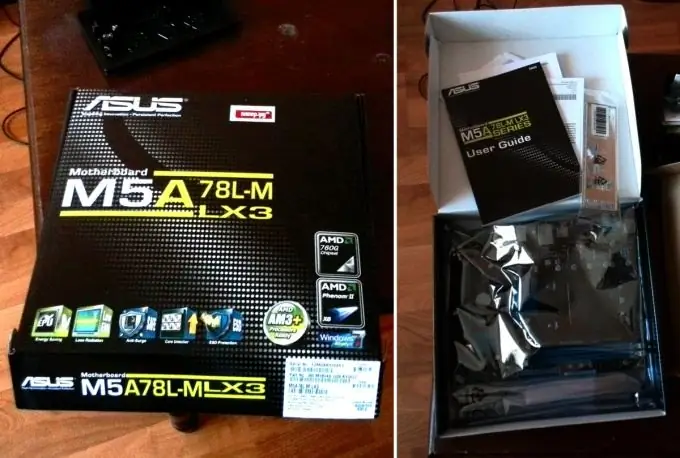
Step 3
The first step is to install the central processing unit (CPU, CPU) into the connector on the board. One corner of the processor is usually marked with a triangle. There is a similar triangle on the board. We set the processor so that the labels match. And then we press it with a special lever located on one of the edges of the processor seat.
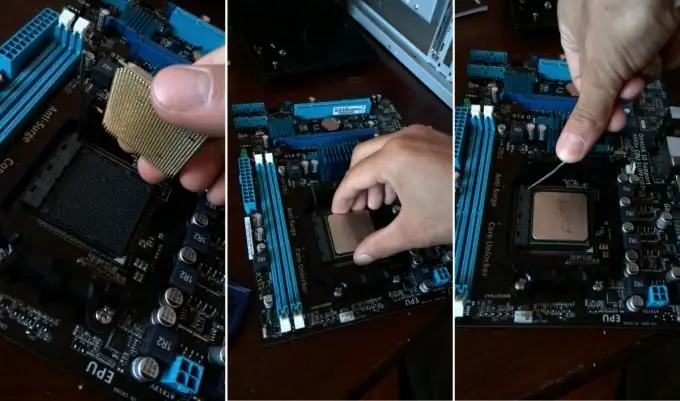
Step 4
Now you need to install a heatsink with a cooler and connect it to the power connector on the board. Depending on the processor family, the heatsink installation options may vary slightly. But the technique is as follows. If the heat sink has already been coated with thermal paste, then it is ready for installation. If there is no thermal paste, it must be applied in an even, thin, neat layer to the surface that will adhere directly to the processor. Then place the heatsink on the processor, rub it thoroughly so that the paste is evenly distributed in the space between the heatsink and the processor. Then close the locking latches. By the way, the instructions for the motherboard should contain a section on installing the processor and heatsink, read it before starting work. Well, the final touch is to connect the fan wire to the power connector on the motherboard, usually labeled as "CPU FAN".
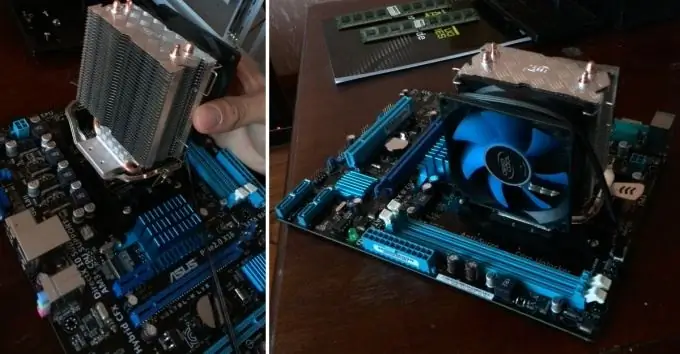
Step 5
The next step is to install RAM modules. If you have one module, then put it in the first slot. It is usually marked as "DIMM_A1" or simply "DIMM_1". If there are more than two memory slots and there are several memory modules, then put them first in the slots of the same color: this way the memory will work faster.
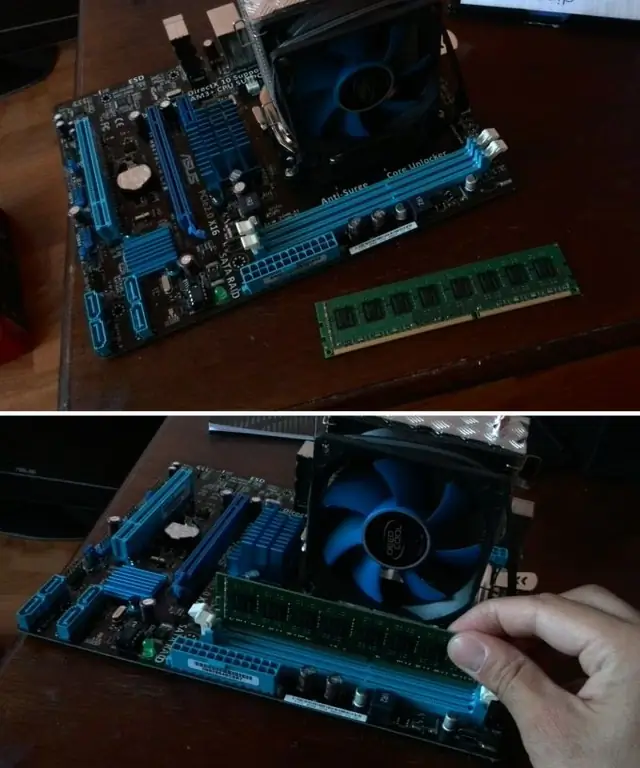
Step 6
Now we install a shiny metal back panel with holes for all connectors into the case. It is installed from the inside by simply pressing it out.

Step 7
The board has holes for fastening, there are holes in the case and a number of metal racks, usually at least 6. Depending on the size of your board, you need to place the racks in the case so that they are under the mounting holes of the board. Now we place the motherboard in the case. There should be racks under all the holes. The motherboard connectors should fit clearly into the holes in the rear panel. We fasten the motherboard to the racks with screws.
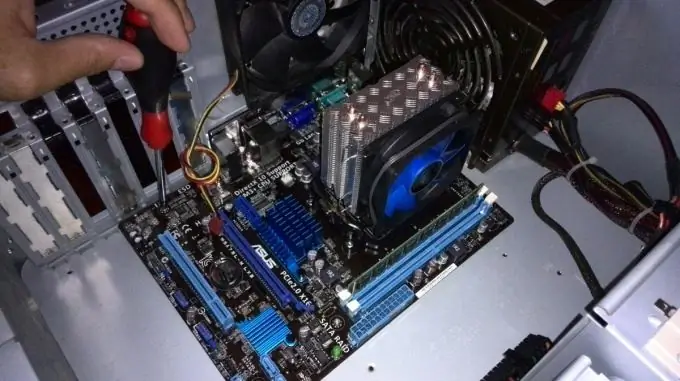
Step 8
It's the turn of the video card. Modern video cards usually have a PCI-Express slot. We put it in the slot until it clicks. We fix it on the back wall with a screw.
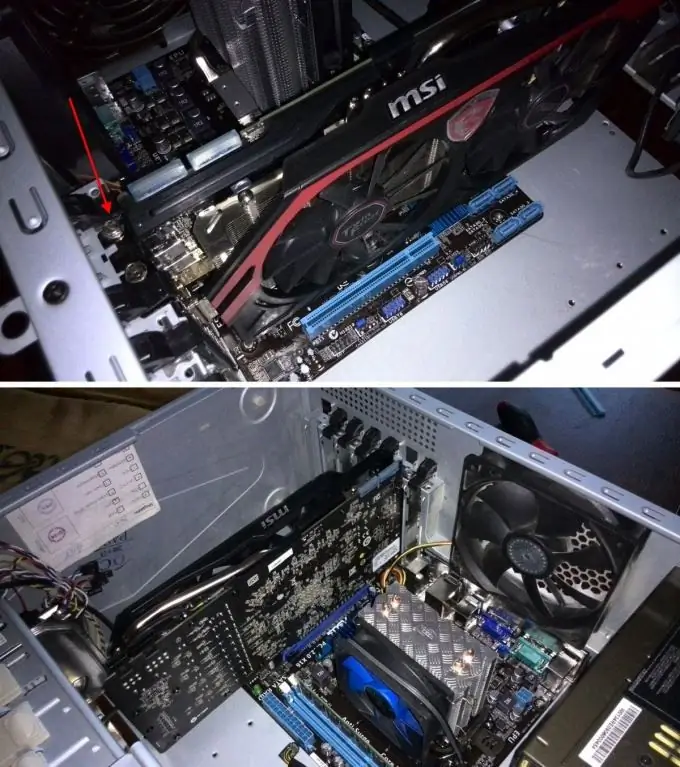
Step 9
Now we connect the power supply to the motherboard. The first step is to connect the large 20-pin dual inline header (8 in the figure) to the motherboard. Then plug in the 4-pin connector 7. It can be placed either side by side or elsewhere on the board. A modern hard disk and DVD drive are connected with type 3 connectors, old ones - with type 2 connectors. If you have a powerful video card, then it requires additional power supply - connectors 5 and 6.

Step 10
We connect USB ports, additional audio connectors, an internal speaker and front panel buttons: power and restart buttons, hard drive and computer power indicators. Usually these connectors are all located side by side and are labeled on the motherboard like this: USB, PWR_SW, RST_SW, SPEAKER, HDD_LED, POWER_LED. See the instructions for your motherboard model and then connect.

Step 11
Next, we connect hard drives and DVD drives. The board usually contains several SATA connectors, a DVD drive and a hard disk can be connected in any order.
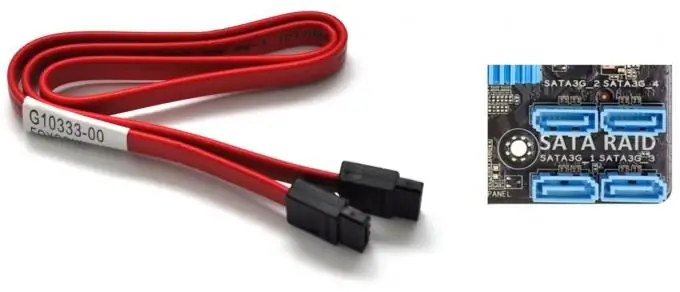
Step 12
Let's check everything again and then turn on the computer. The first time you turn it on, it is advisable to connect the monitor to the built-in video adapter of the motherboard, and not to a discrete video card in the PCI-Express slot. If you had an operating system installed earlier, then it should boot immediately. Naturally, the first time you turn it on, you will need to install all the drivers: first on the motherboard and all its devices, and then on the video card. Then, when all the drivers are installed, you can switch the monitor to a discrete graphics card.






